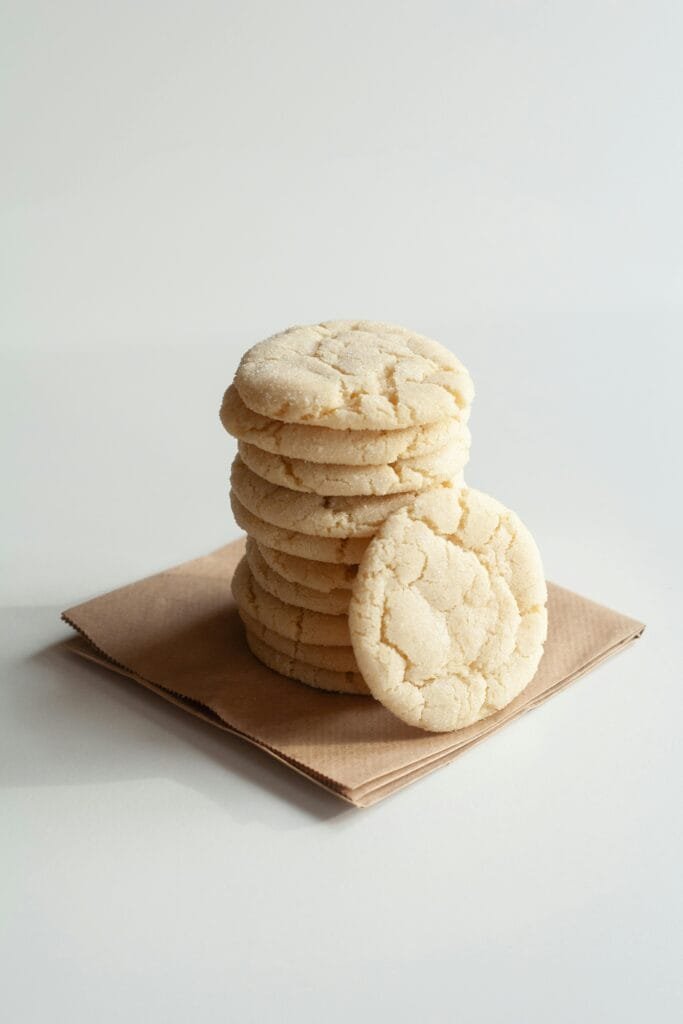
I’ve compiled a list of the food items that are considered safe and also what to look out for, where wheat or gluten may be present.
First let’s begin with what you can safely eat:
Here are some names you may see on the packaging of some foods, and what they are:
Citric acid – usually made from corn, beet sugar or molasses. Even if made from wheat, it is so highly processed that no gluten protein would remain.
Dextrin – a partially hydrolyzed starch that can be made from corn, potato, arrowroot, rice, tapioca or wheat. If made from wheat, it will be labeled as such and is not safe on the gluten free diet.
Dextrose – made from rice, corn or wheat starch but is so highly processed that it is considered gluten free.
Emulsifiers – keeps the oils suspended equally throughout the solids and is gluten-free
Food starch – This can be made from wheat, potato, rice, corn or tapioca.
Glucose syrup – often referred to as corn syrup
Hydrolyzed Vegetable Protein – if derived from wheat, it will be labeled as hydrolyzed wheat protein and is not gluten free.
Lecithin – Processed foods such as bread, ice cream, margarine, salad dressing and cosmetics also contain lecithin (from the soybean, and sometimes listed as soy lecithin).
Maltodextrin – if made in the USA is made from corn, potato or rice.
Modified food starch – a derivative of corn, wheat, potato, rice, or tapioca, chemically altered to dissolve quickly and serve as a thickener.
Mono and Diglycerides – fats made from oil such as soybean, cottonseed, sunflower and palm kernel oil.
MSG – also known as sodium glutamate. It is the sodium salt of glutamic acid.
Starch hydrolysis – a complex carbohydrate found in corn, wheat, potatoes or rice.
Triticale – a hybrid of wheat and rye.
Whey – the liquid part of milk that is separated from solids when cheese is made.
Places Where Gluten May be Hidden: Gluten can be hidden in many different places. Here are some frequently overlooked foods that may OR do contain gluten:
Unfortunately, I cannot say that this list is complete, partially because companies change their ingredients, but also because there are just SO many things out there that may contain wheat/gluten. However, I have tried to include as many things as I can so you’ll be better able to avoid some of the pitfalls.
Remember though, the less processed food you eat, the better off you’ll be anyway because nothing replaces good, wholesome food for keeping us healthy and feeling good!